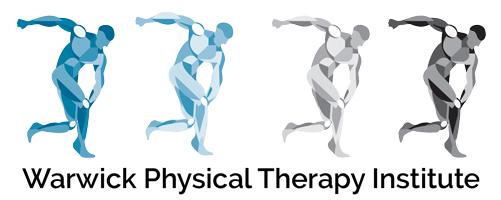Here’s what to expect:

Please be prepared:
- Please arrive at your appointment with your paperwork completed, or you may complete it upon arrival (Please arrive 15 minutes prior to your appointment time if you need to complete paperwork).
- Please bring a copy of your PT prescription and your insurance card. If you have a co-pay for physical therapy, you will need to pay this at this time.
- You will be seen for the initial evaluation by your therapist.
- The therapist will discuss the following:
- Your medical history, which may include medications, tests, and procedures related to your overall health.
- Your current problems/complaints.
- Pain intensity: what aggravates and eases the problem.
- How this is impacting your daily activities or your functional limitations.
- Your goals with physical therapy.
Your Evaluation:
- The therapist will then perform a comprehensive evaluation which may include some of the following:
- Palpation – touching around the area of the pain/problem. This is done to check for the presence of tenderness, swelling, soft tissue integrity, tissue temperature, inflammation, etc.
- Range of Motion (ROM) – the therapist will move the joint(s) to check for the quality of movement and any restrictions.
- Muscle Testing – the therapist may check for strength and the quality of the muscle contraction. Pain and weakness may be noted. Often the muscle strength is graded. This is also part of a neurological screening.
- Neurological Screening – the therapist may check to see how the nerves are communicating with the muscles, sensing touch, pain, vibration, or temperature. Reflexes may be assessed as well.
- Special Tests – the therapist may perform special tests to confirm/rule out the presence of additional problems.
- Posture Assessment – the positions of joints relative to ideal and each other may be assessed.

The therapist will then formulate a list of problems you are having, and how to treat those problems. A plan is subsequently developed with your input. This includes how many times you should see the therapist per week, how many weeks you will need therapy, home programs, patient education, short-term/long-term goals, and what is expected after discharge from therapy. This plan is created with input from you, your therapist, and your physician.

